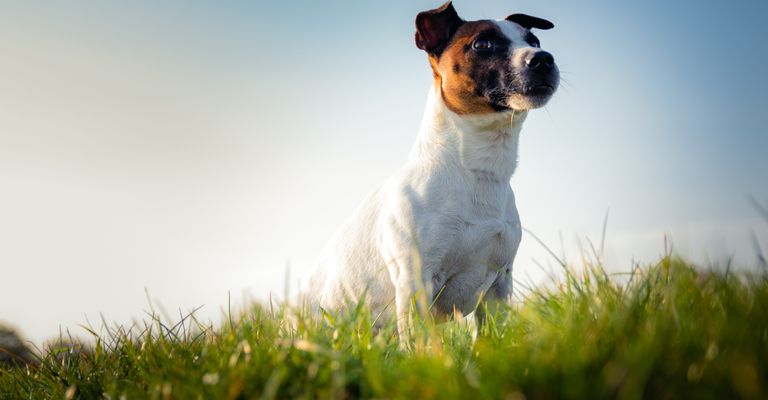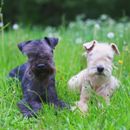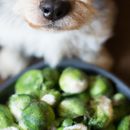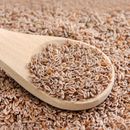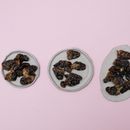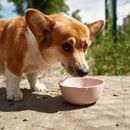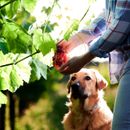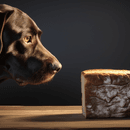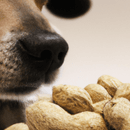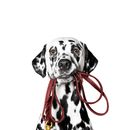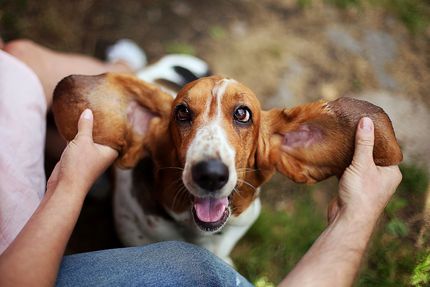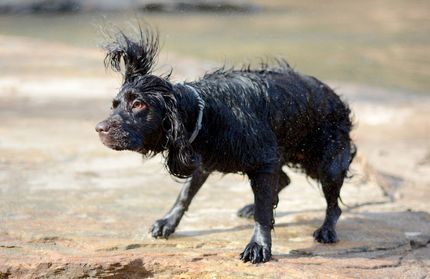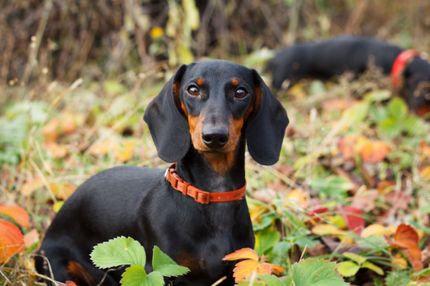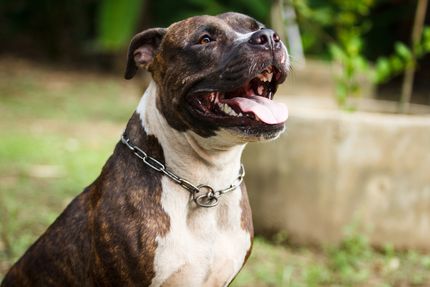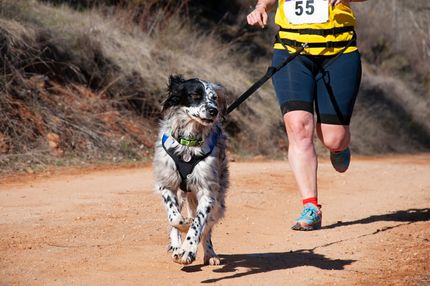Dogs are curious animals and often love to sniff and nibble around in the garden or in nature. Unfortunately, however, there are some plants that can be toxic to dogs and should be avoided. In this blog post, we will introduce some of these plants and explain why they can be dangerous for dogs.
Plants that dogs should not eat
- Azaleas and rhododendrons: these popular ornamental shrubs contain toxic substances called grayanotoxins that can cause nausea, vomiting, diarrhea, and even seizures in severe cases in dogs.
- Oleander: This beautiful but toxic plant contains cardenolides, a substance that can cause vomiting, diarrhea, heart problems and, in severe cases, death in dogs.
- Autumn crocus: This plant is particularly dangerous because it contains a very high concentration of colchicine, a substance that can cause severe poisoning in dogs. Symptoms can include vomiting, diarrhea, convulsions, and in severe cases, breathing difficulties and kidney failure.
- Lily of the Valley: This popular garden plant contains cardenolides, similar to oleander, and can cause heart problems, vomiting, diarrhea and in severe cases death in dogs.
- Holly: The berries of this plant contain theobromine, a substance also found in chocolate that can cause vomiting, diarrhea, and in severe cases, seizures in dogs.
- Belladonna: This plant contains alkaloids that can cause vomiting, diarrhea, heart problems, and in severe cases, seizures in dogs.
- Angel's trumpet: This beautiful plant contains scopolamine, a substance that can cause confusion, delirium, hallucinations and, in severe cases, death in dogs.
What to do if a dog has eaten a poisonous plant?
If you suspect that your dog has eaten a poisonous plant, you should seek immediate veterinary attention. You should also try to provide as much information as possible about the plant and the symptoms the dog is exhibiting to help the veterinarian make an accurate diagnosis.
In some cases, it may be necessary to treat the dog at home by administering an activated charcoal solution or giving it fluids to dehydrate it. However, in severe cases, hospitalized treatment may be necessary.
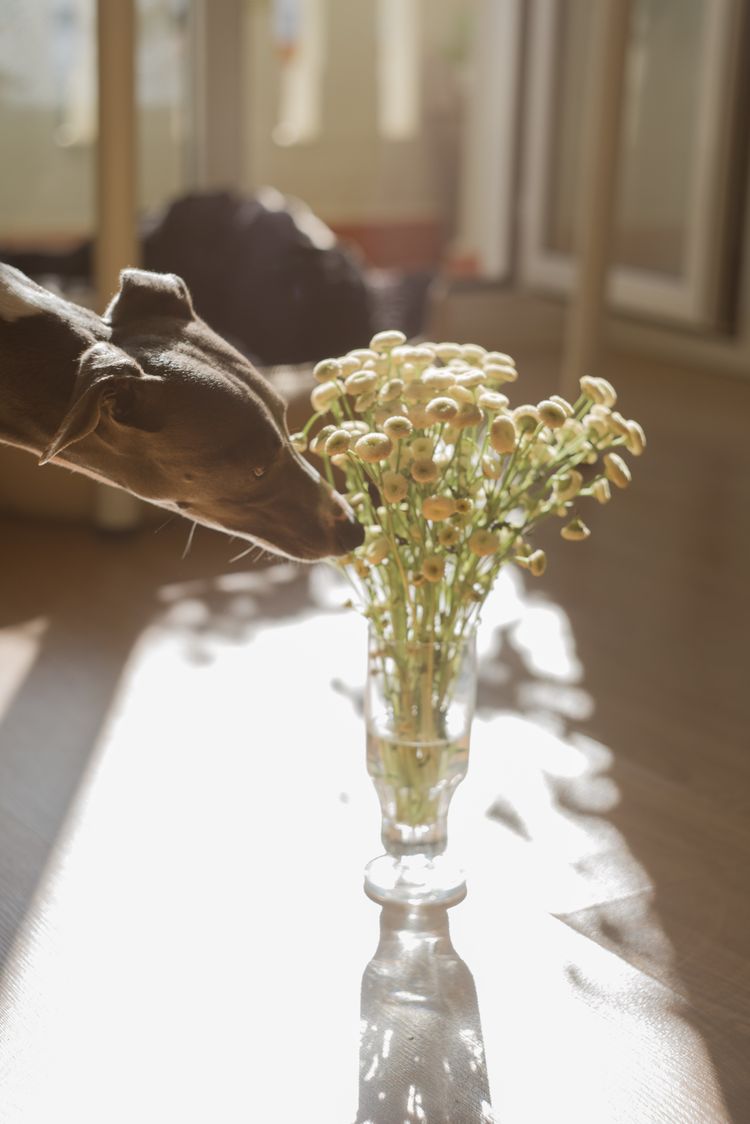
Can dogs eat hydrangeas?
No, dogs should not eat hydrangeas. Hydrangeas contain cyanogenic glycosides that can cause poisoning in dogs. If a dog eats a large enough amount of hydrangea flowers or leaves, it can cause nausea, vomiting, diarrhea, salivation, difficulty breathing, lethargy, and in severe cases, seizures or even death.
Therefore, it is important to make sure that the dog does not roam around or eat hydrangeas. If you have hydrangeas in your yard, you should make sure that the dog does not roam near or eat these plants.
If one suspects that the dog has eaten hydrangeas, one should see a veterinarian immediately. The veterinarian can examine the dog and recommend appropriate treatment, if needed, to treat the poisoning.
Overall, it is important to be aware of potentially poisonous plants for dogs and make sure the dog lives in a safe environment that is free of hazards.
Is bamboo toxic to dogs?
Bamboo in and of itself is not toxic to dogs. However, there are a few factors to consider when it comes to dogs and bamboo.
For one, bamboo can have sharp edges and splinters that can injure the dog, especially if he chews or plays on it. Therefore, make sure the dog does not have access to bamboo sticks or supervise them when playing with them.
Another problem with bamboo can occur if it has been treated with pesticides or other chemicals. If the dog eats bamboo that has been treated with pesticides or other chemicals, it can lead to poisoning. Therefore, it is important to make sure that the dog does not have access to treated bamboo.
There are also some species of bamboo that contain oxalates that can cause digestive problems in dogs. For example, these species include Japanese arrow bamboo and giant bamboo. If the dog eats a large enough amount of these bamboo species, it can cause gastrointestinal distress, diarrhea and vomiting.
Overall, bamboo can be a potential hazard to dogs, especially if it has been treated with pesticides or other chemicals, or if it contains sharp edges or oxalates. It is important to ensure that the dog does not have access to treated bamboo and does not let him play with it unsupervised. If the dog shows signs of poisoning or digestive problems, a veterinarian should be consulted immediately.

Is a monstera considered poisonous to dogs? What can happen if they nibble it?
Yes, the Monstera plant can be toxic to dogs. The Monstera contains calcium oxalate crystals that can form sharp, needle-like structures when they come in contact with moisture in the dog's mouth. If a dog nibbles or eats the Monstera plant, it can cause pain, inflammation and swelling around the mouth. Symptoms may also include nausea, vomiting and diarrhea.
In rare cases, ingestion of calcium oxalate crystals can lead to more severe symptoms, such as difficulty breathing, convulsions and even anaphylactic shock in severe cases. If a dog shows signs of poisoning, a veterinarian should be sought immediately.
Therefore, it is important to make sure that the dog does not have access to Monstera plants. If you have a Monstera in the house, you should make sure it is out of the dog's reach. If the dog has already nibbled on the Monstera plant or is showing signs of poisoning, one should seek immediate veterinary attention.
Overall, the Monstera plant can be toxic to dogs and should be kept out of their reach.
Conclusion
It is important to be aware of the potential dangers that toxic plants can pose to dogs. If you have a garden or walk in nature, you should take the time to learn about poisonous plants and make sure your dog does not roam near them. Also, make sure the dog is always supervised when outdoors.
If you have a poisonous plant in your yard, you should try to remove or replace it to minimize the risk of poisoning. If that's not possible, make sure your dog doesn't run around or eat these plants.
It's also a good idea to always have a list of the names and pictures of poisonous plants nearby so you can act quickly in case of an emergency.
Overall, it is important to keep your dog's safety in mind and be aware that not all plants are safe for dogs. Through a
